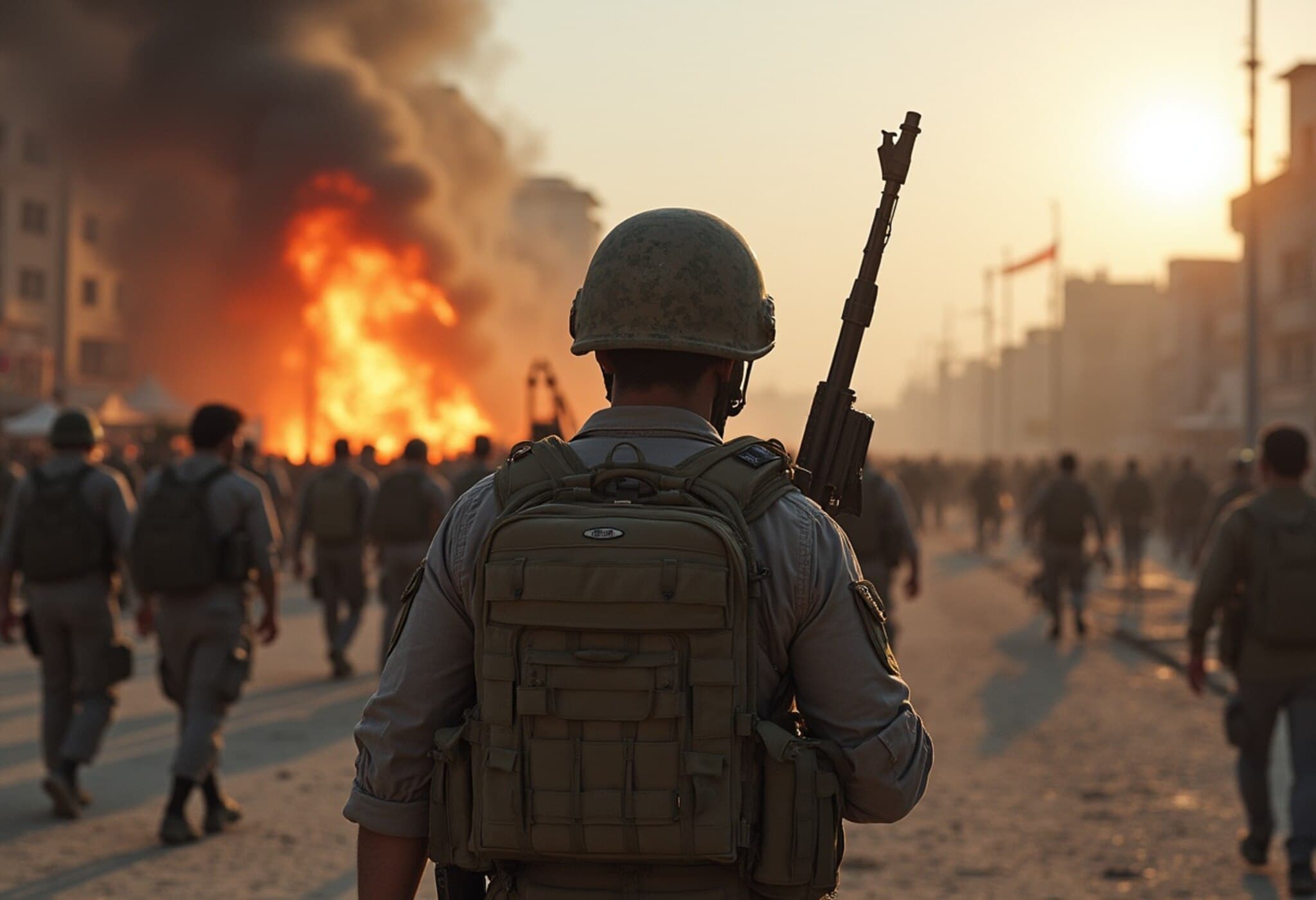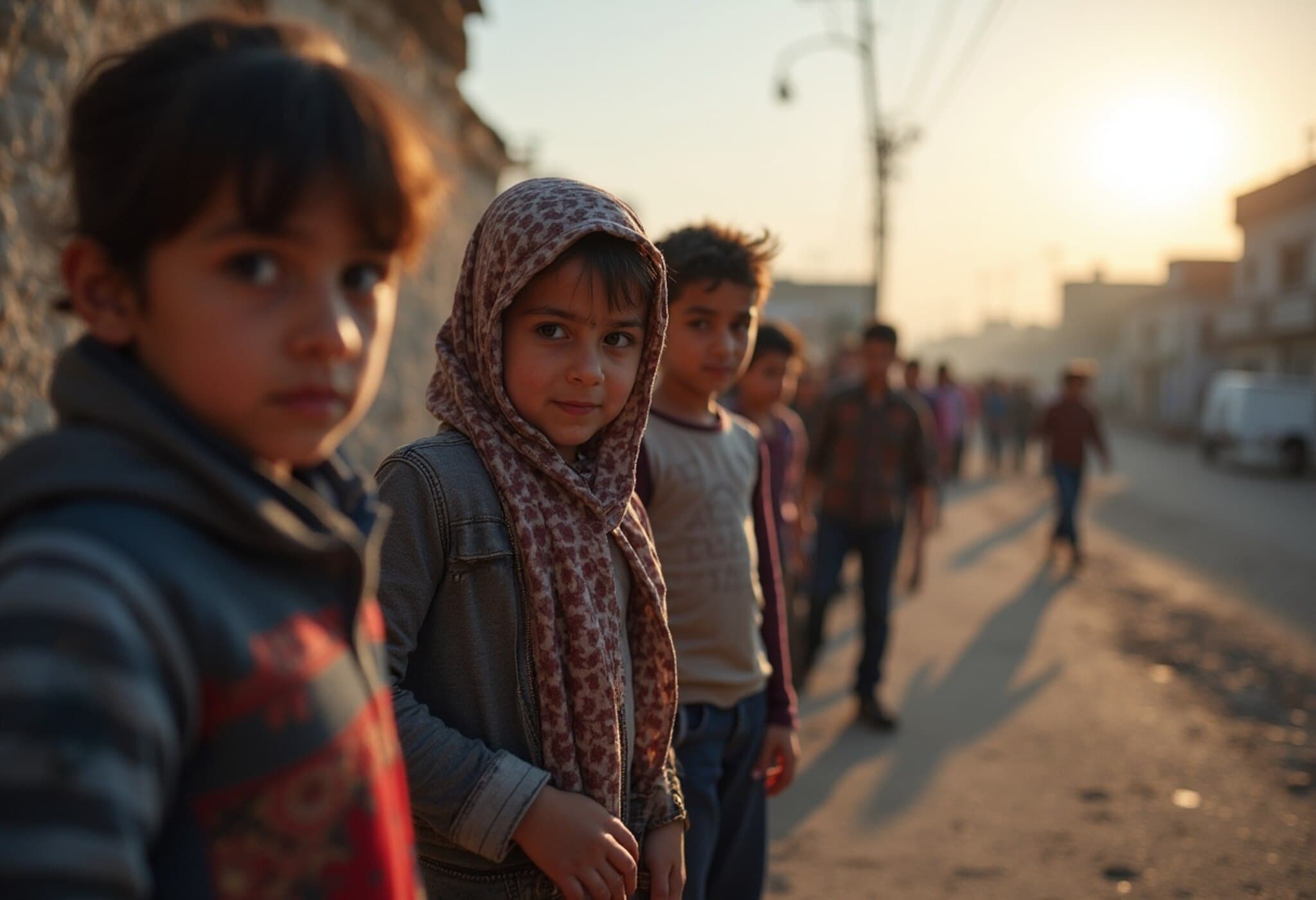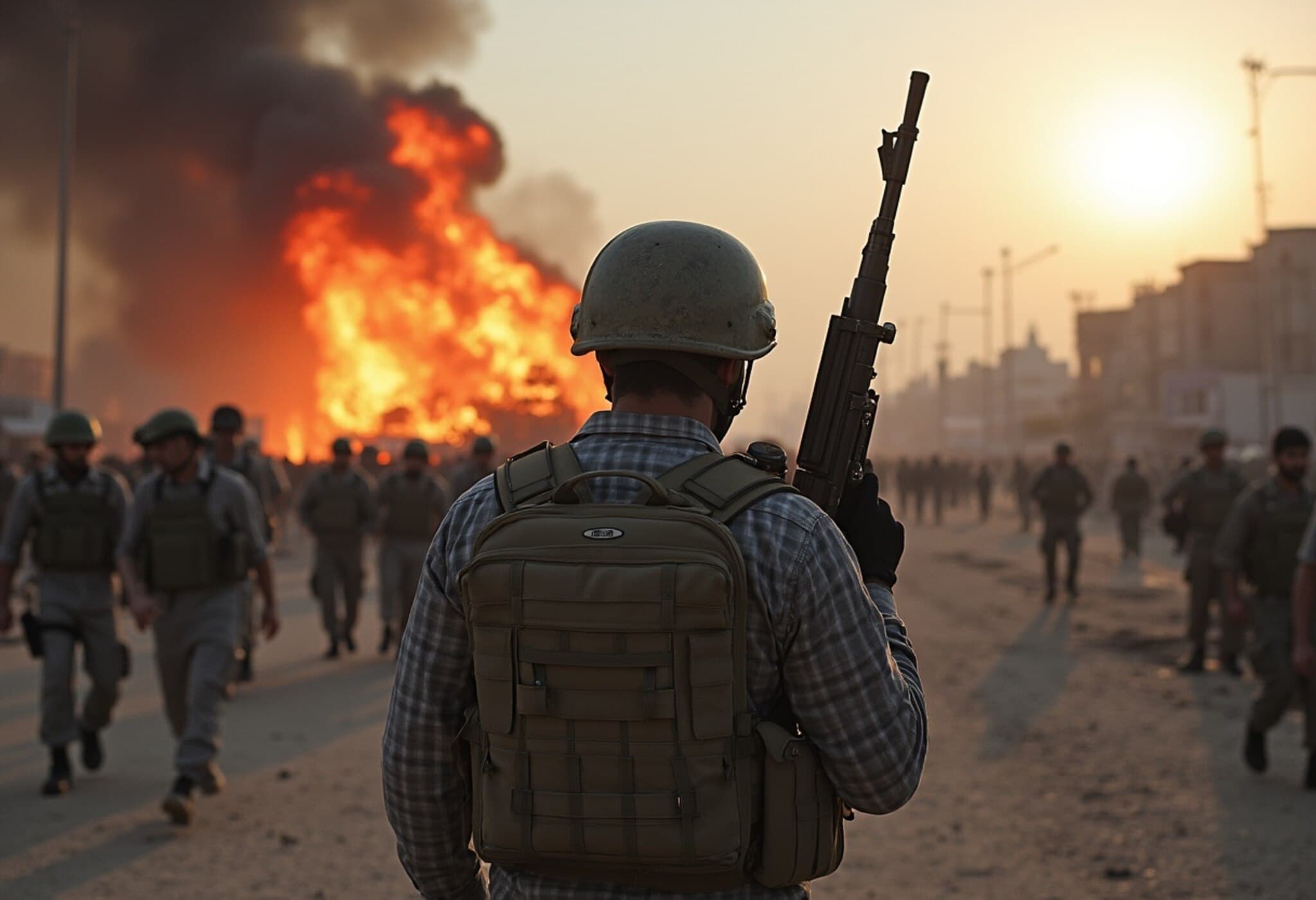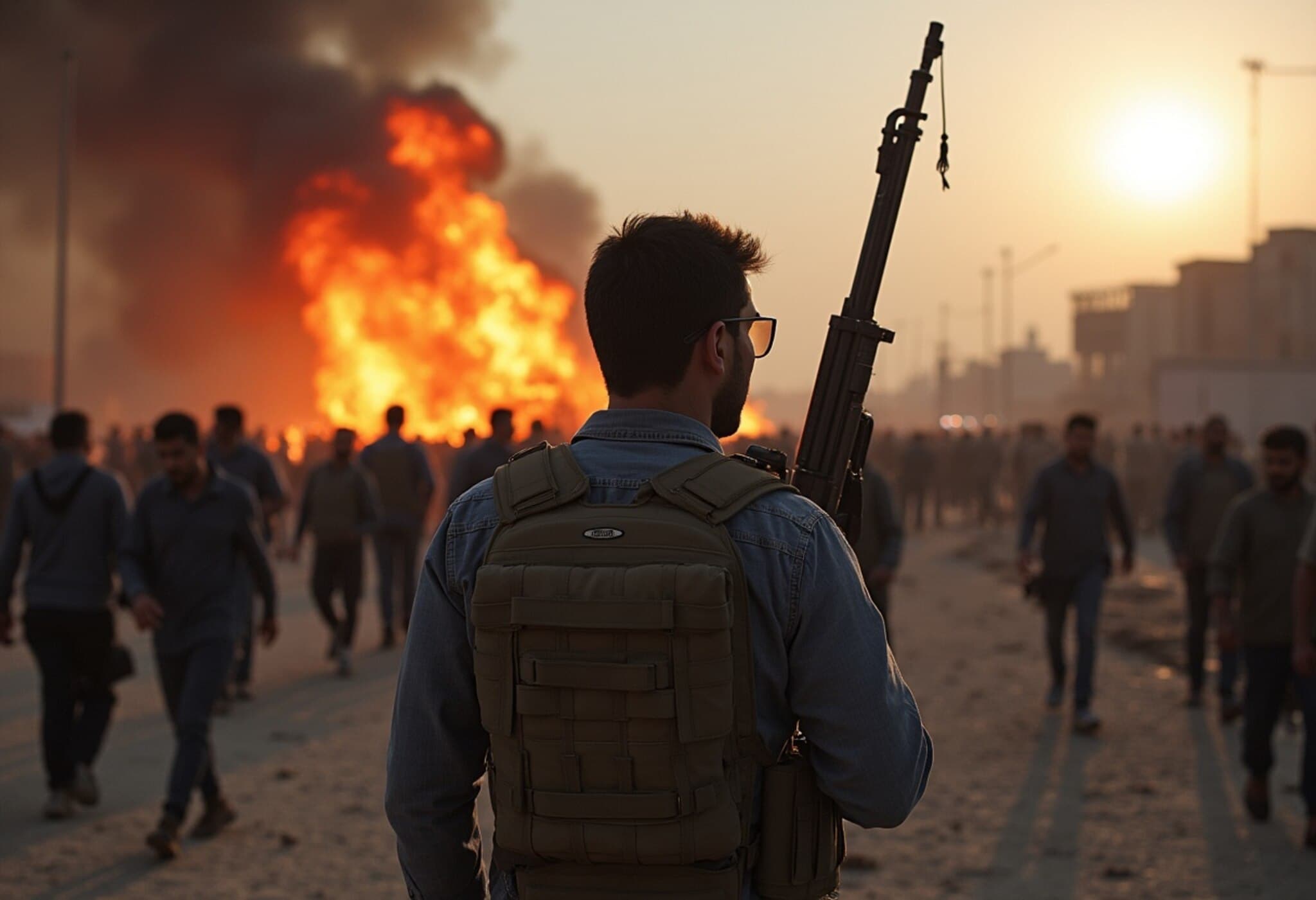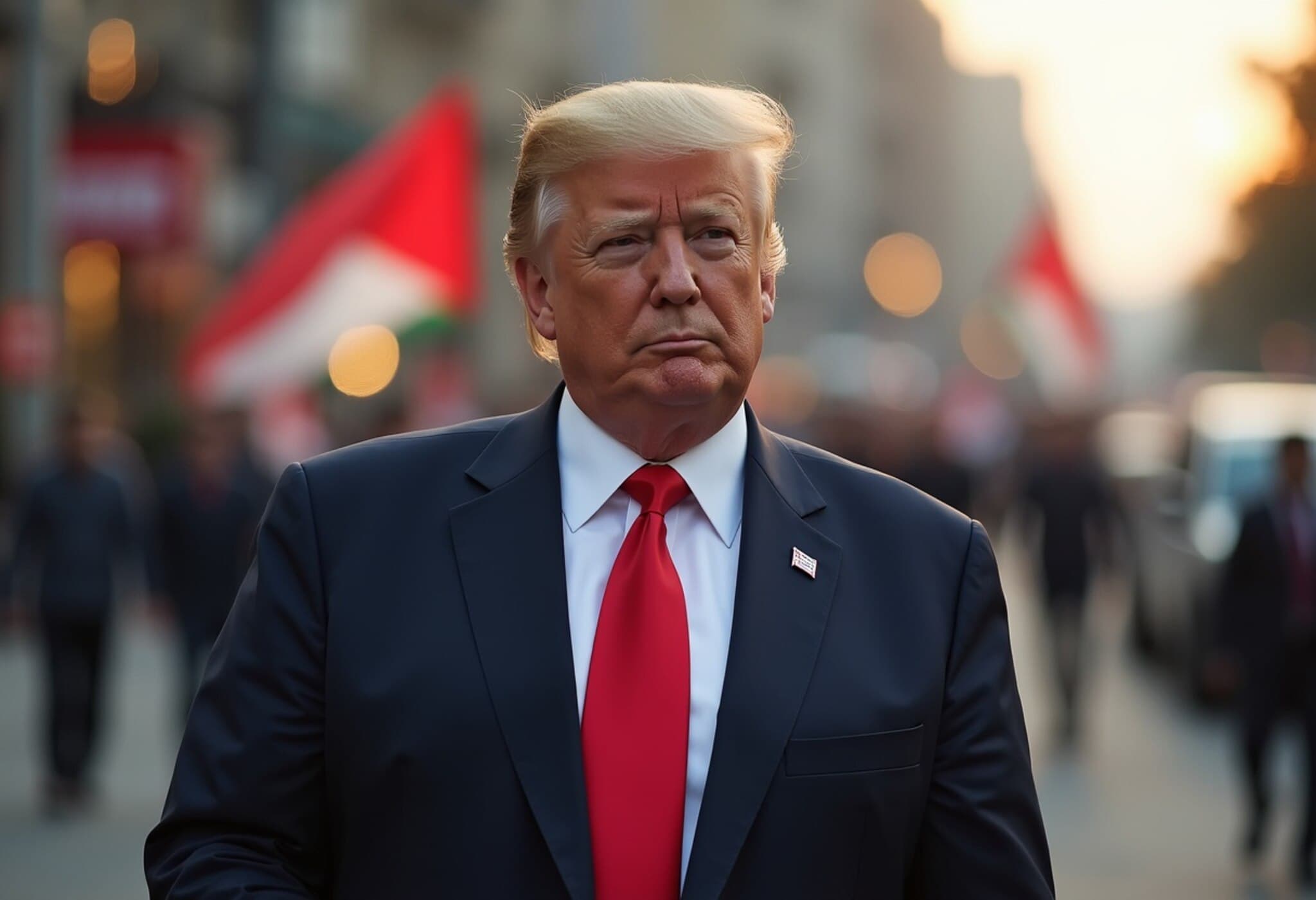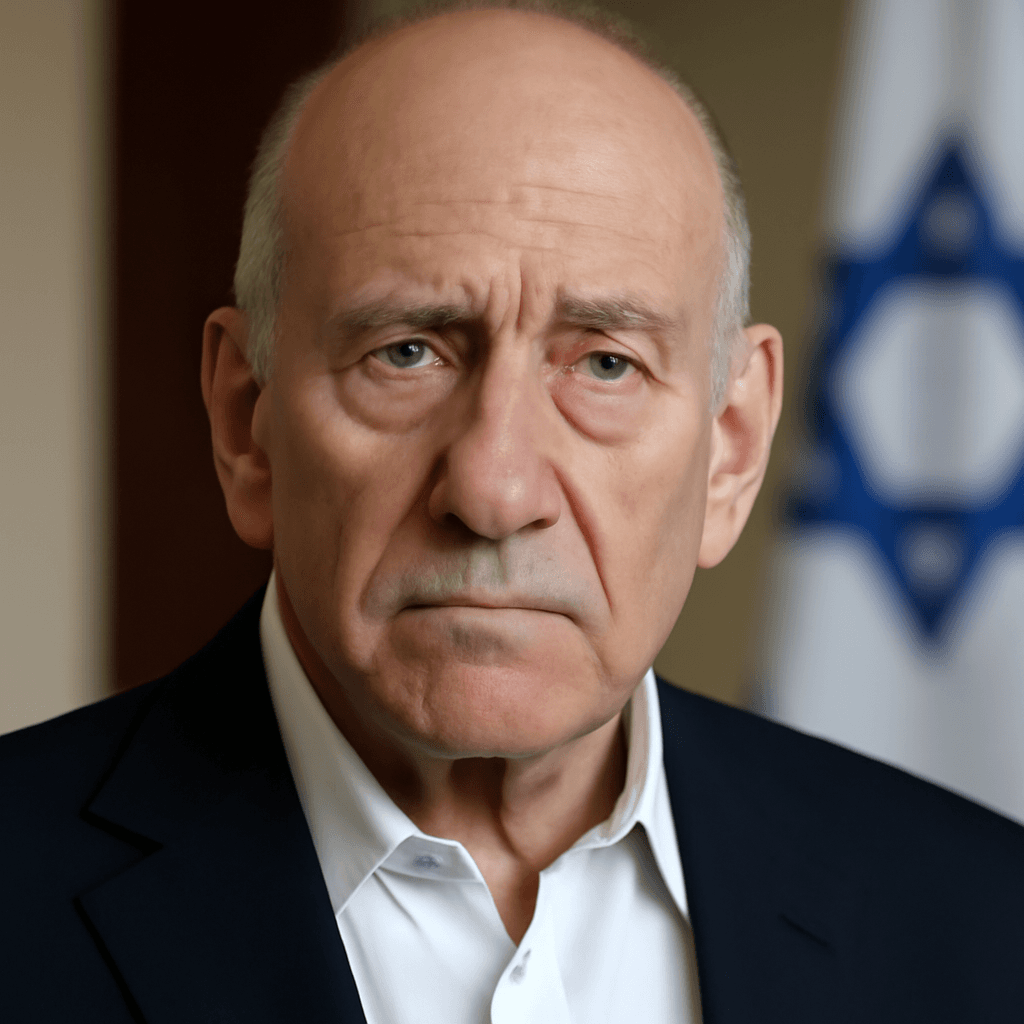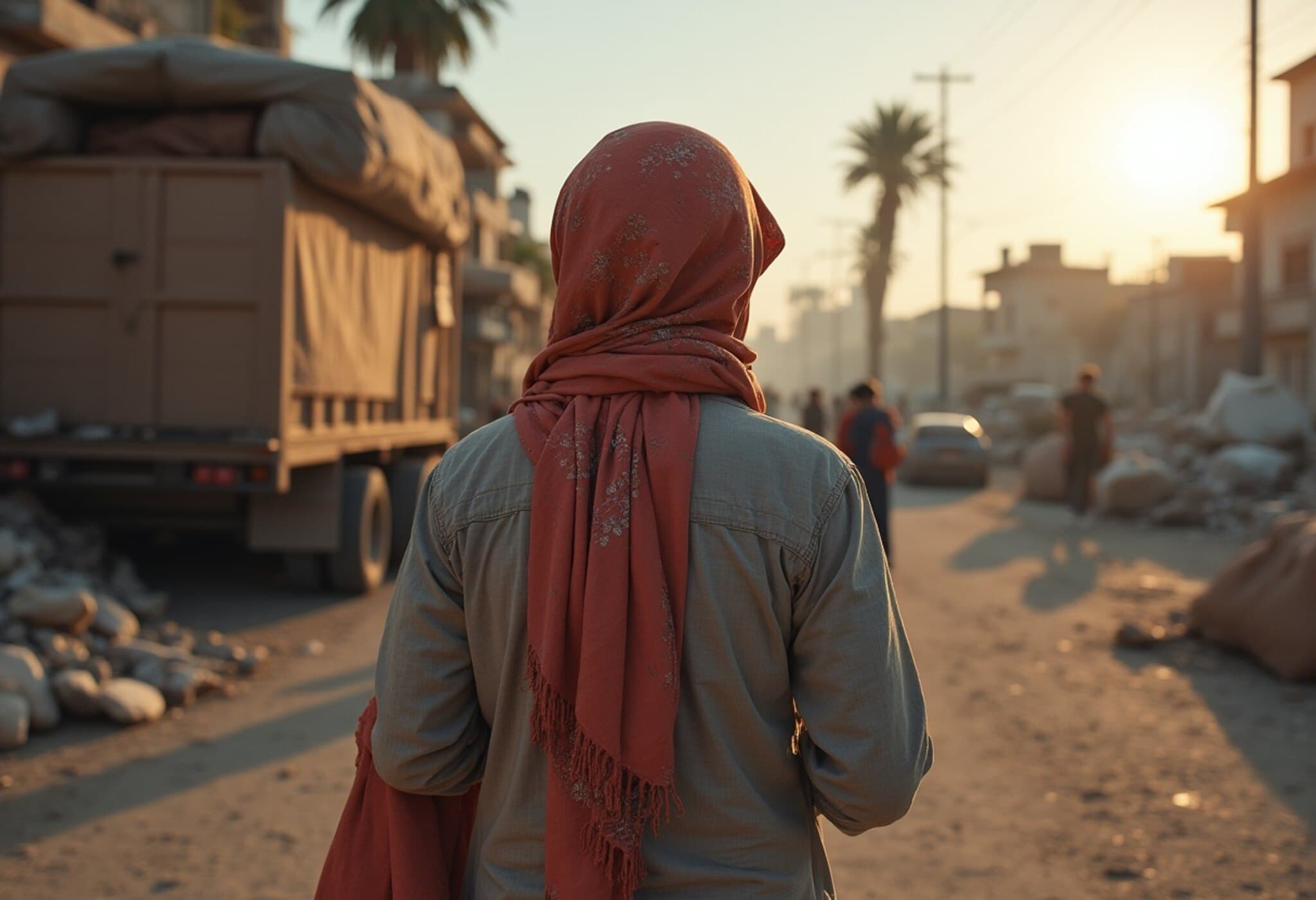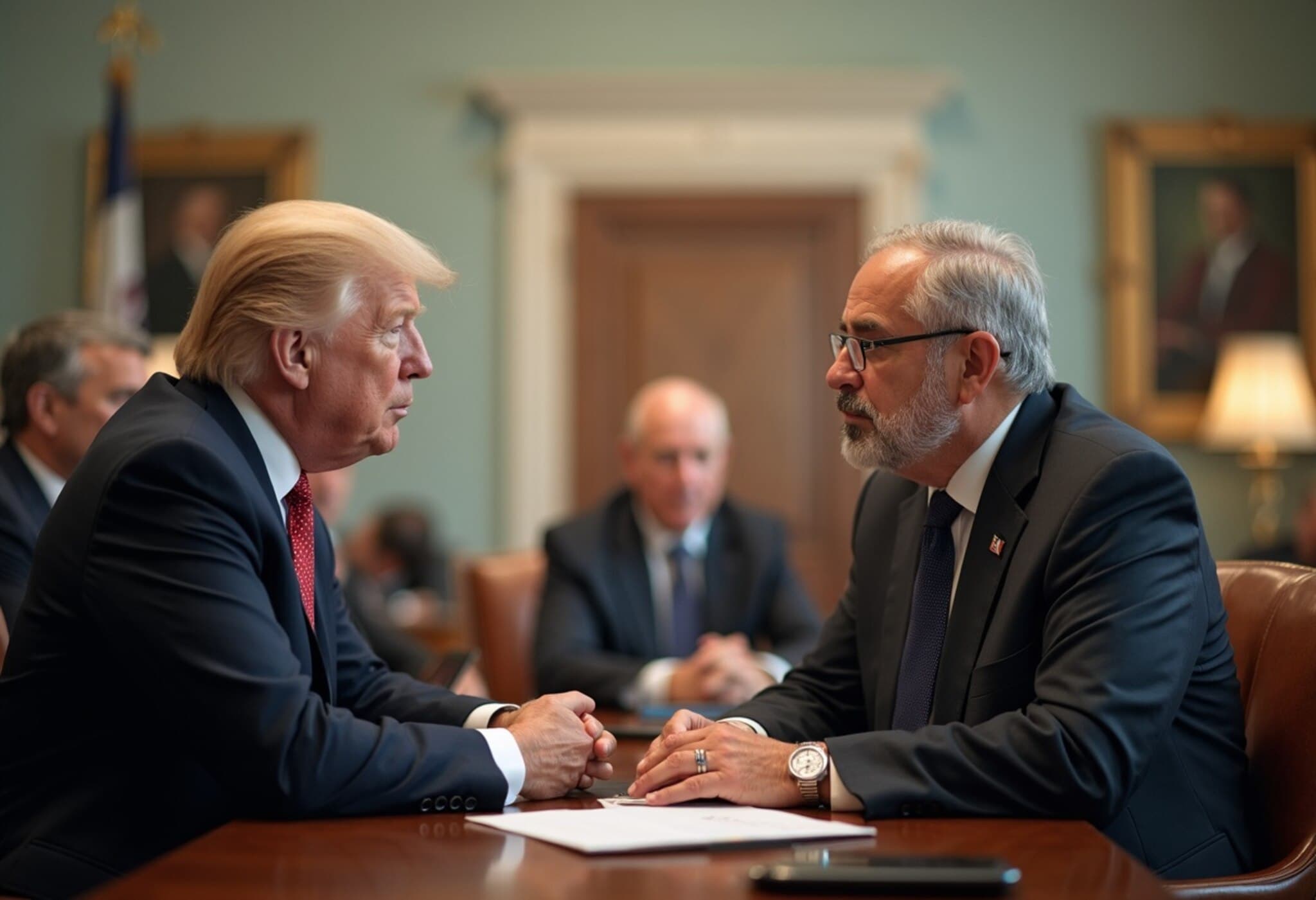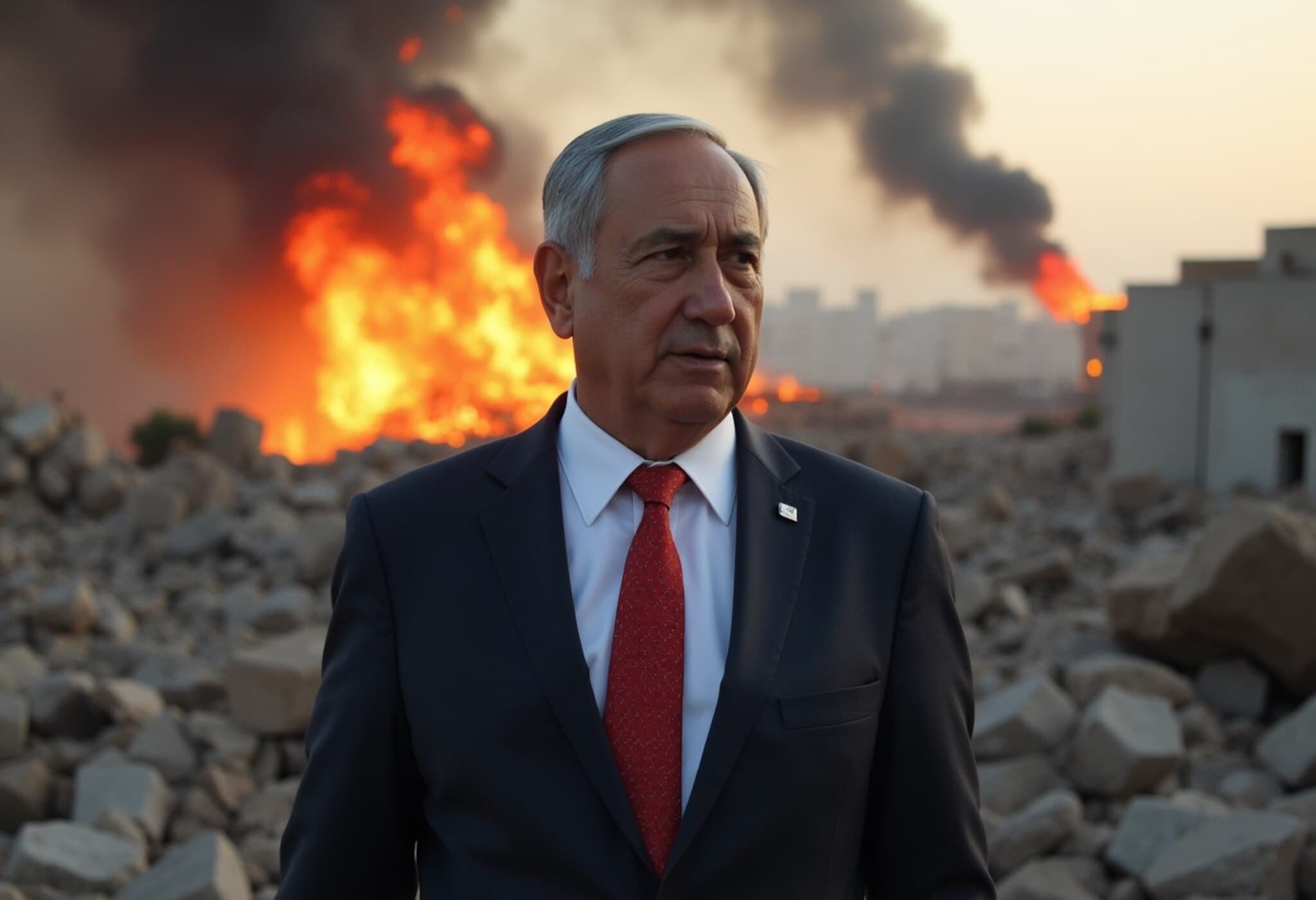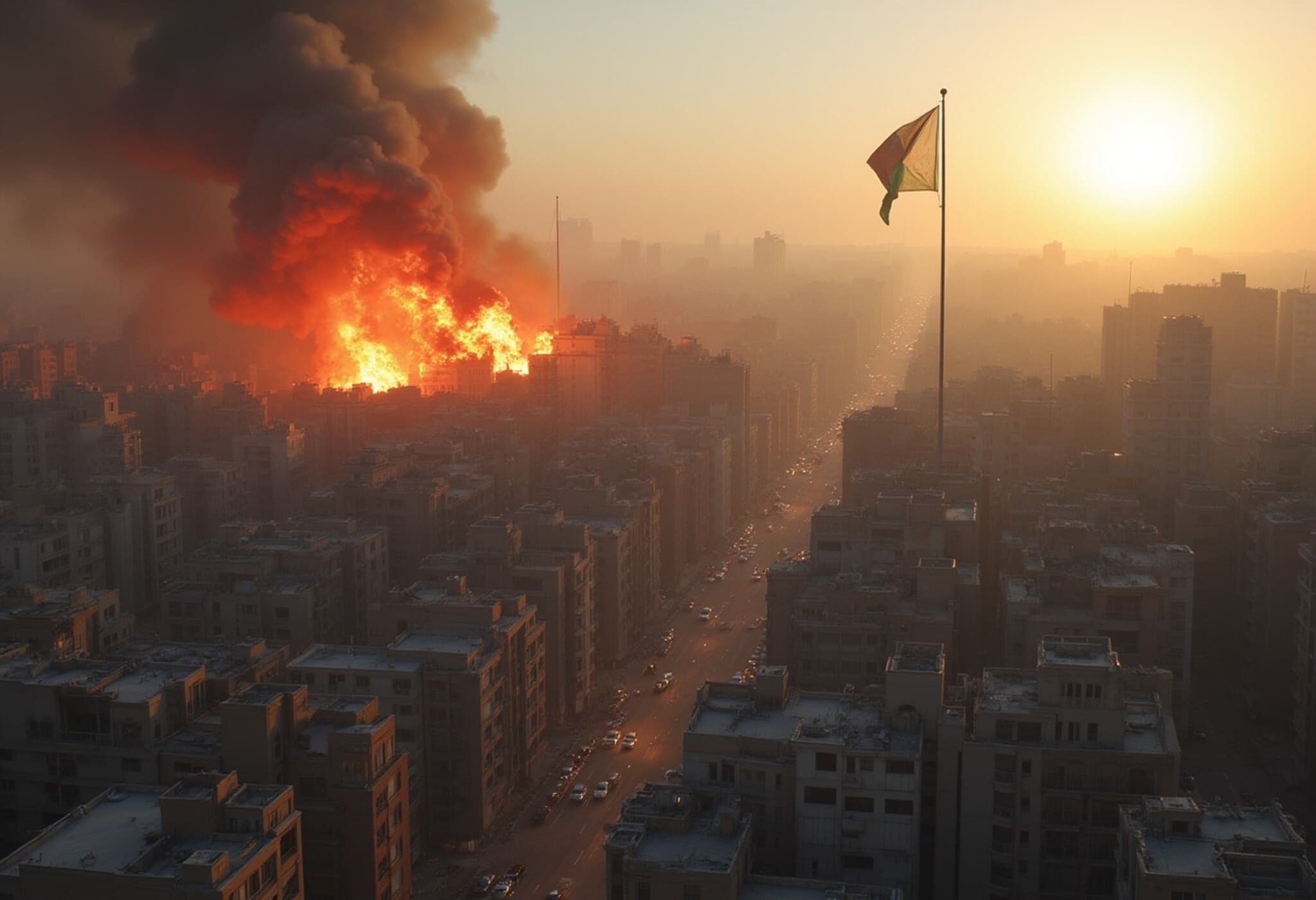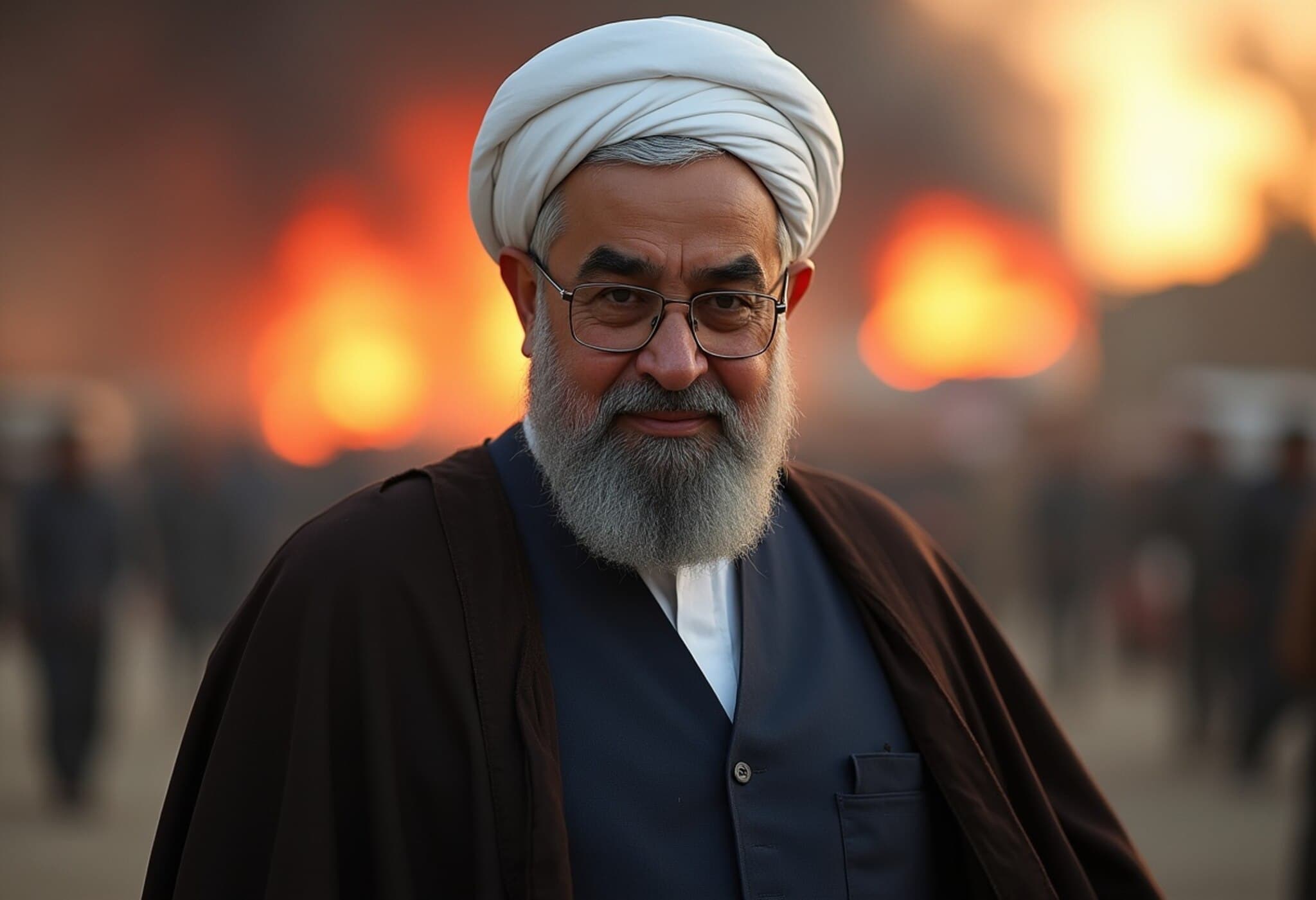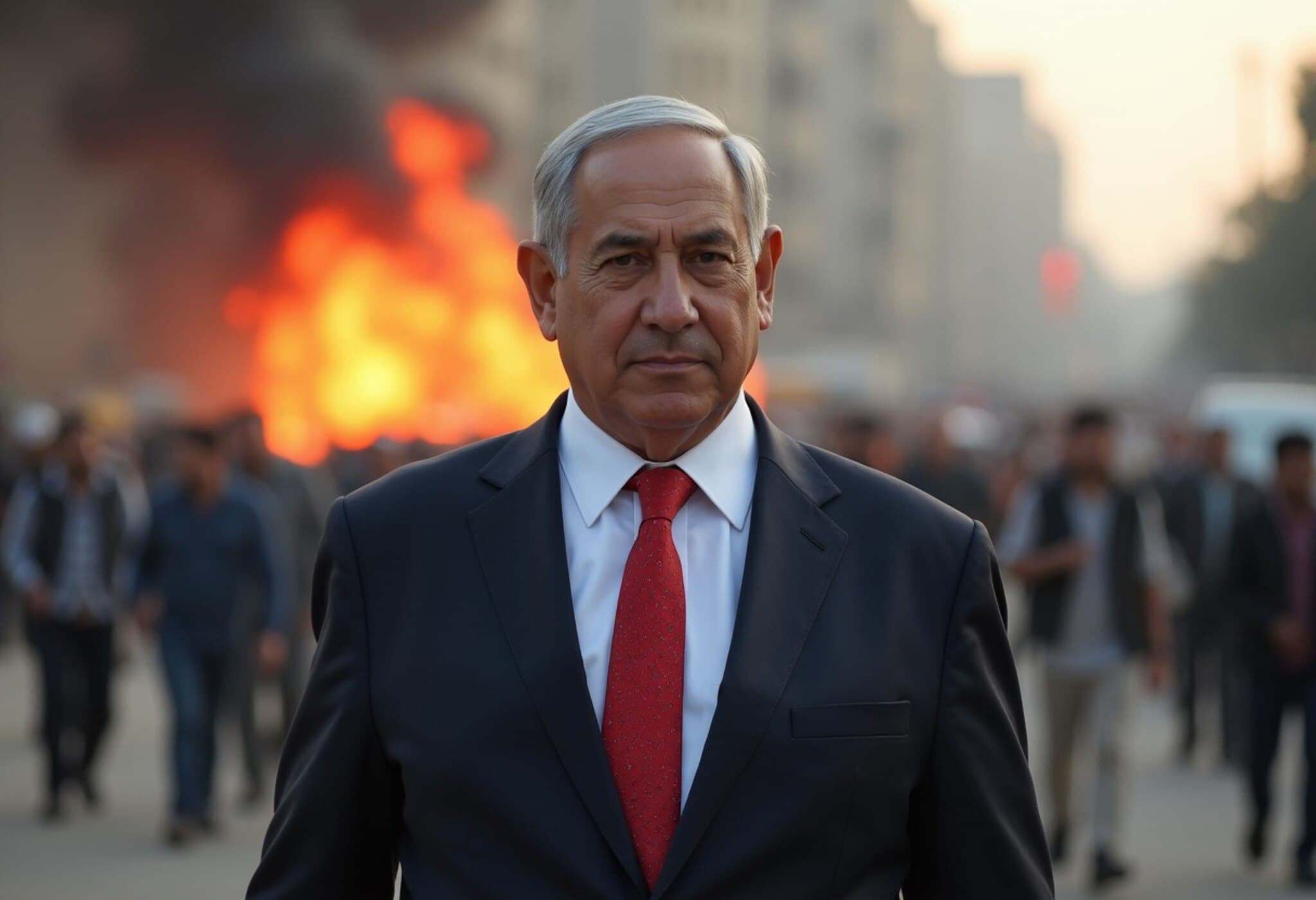Understanding Israel’s Lengthy Gaza Conflict Amid Shorter Regional Wars
As Israel continues its military operations in the Gaza Strip, now more than 21 months since the outbreak of hostilities in October 2023, comparisons with its recent conflicts involving Iran and Hezbollah highlight the unique and complex nature of this prolonged engagement. While Israel swiftly conducted a 12-day air campaign against Iran and nearly an 8-week cross-border conflict with Hezbollah, the Gaza war has transformed into a drawn-out, multifaceted struggle with no clear endpoint.
The Complexity of the Gaza Conflict
Unlike the relatively brief confrontations with Iran and Hezbollah, the war in Gaza unfolded following a large-scale Hamas offensive on October 7, 2023. Since then, multiple ground operations, extensive airstrikes, and two temporary ceasefires have punctuated the ongoing military campaign. Despite Israeli Defense Forces (IDF) controlling strategic areas in northern and central Gaza, a definitive victory remains elusive.
This persistence is partly due to Hamas’s entrenched guerrilla tactics, including its extensive tunnel networks that enable insurgents to traverse civilian areas, complicating Israel’s operational and humanitarian calculus. The ensuing urban warfare has underscored the challenges of asymmetric conflict for Israeli strategists, sharply differing from conventional military engagements.
Humanitarian Concerns & International Scrutiny
As the battle rages on, the humanitarian toll in Gaza has intensified, drawing sustained international concern. Ceasefire efforts, despite initial hopes, have yet to yield a sustainable resolution, magnifying the difficulties faced by mediators including the United States, Egypt, and Qatar, all actively trying to negotiate a viable end to the violence.
Diplomatic Developments and Strategic Calculations
The upcoming meeting between US President Donald Trump and Israeli Prime Minister Benjamin Netanyahu is expected to focus on critical issues: reaching a new ceasefire, securing hostages taken by Hamas, and shaping post-conflict governance arrangements in Gaza. These talks come at a pivotal moment as Israel grapples with the absence of a stable political authority in Gaza, prolonging the military presence on the ground.
Experts note that while Hamas’s capabilities have been considerably diminished, the organization has not been entirely eradicated. This underscores the inherent challenge of asymmetric warfare — long-term eradication of a militant force embedded within a civilian population is not only a military challenge but a profound political and social one as well.
What Can Be Learned from Israel’s Varied Conflicts?
- Duration and Outcome: The short, intense nature of Israel’s conflicts with Iran and Hezbollah contrasts starkly with the protracted Gaza war, reflecting variations in enemy tactics and terrain.
- Urban Warfare Complexity: Gaza’s dense urban environment and civilian intermingling create operational difficulties unseen in the other theaters.
- Diplomatic Stakes: The Gaza conflict's depth calls for intricate multilateral diplomacy, implicating regional and global powers.
- Humanitarian Dimension: The spiraling humanitarian crisis necessitates balancing military objectives with international law and human rights obligations.
Expert Insight
Military analyst Dr. Miriam Cohen observes, "Israel’s Gaza campaign reveals the brutal realities of modern asymmetric warfare, where battlefield victories do not always translate into political solutions. The prolonged presence in Gaza signals the need for broader political strategies that incorporate humanitarian considerations and regional diplomacy."
From an American policy perspective, the U.S.’s role as a mediator is critical not only in facilitating ceasefires but also in addressing the underlying political fractures that fuel such enduring conflicts.
Conclusion: Navigating an Uncertain Path Forward
The enduring Gaza conflict serves as a stark reminder that military prowess alone cannot secure lasting peace. As Israel faces the monumental task of neutralizing Hamas while minimizing civilian suffering, the international community's engagement remains crucial. The outcome of upcoming diplomatic engagements may well determine whether this protracted war will finally resolve or continue to undermine stability in the region.
Editor’s Note
Israel’s evolving conflicts illustrate the formidable challenge posed by asymmetric warfare in urban settings—raising urgent questions about the efficacy of purely military solutions and the necessity of integrated diplomatic efforts. Readers are encouraged to consider how long-term peace might be realistically achieved amid complex geopolitical and humanitarian dynamics, and what lessons U.S. policymakers might draw from these protracted engagements.

